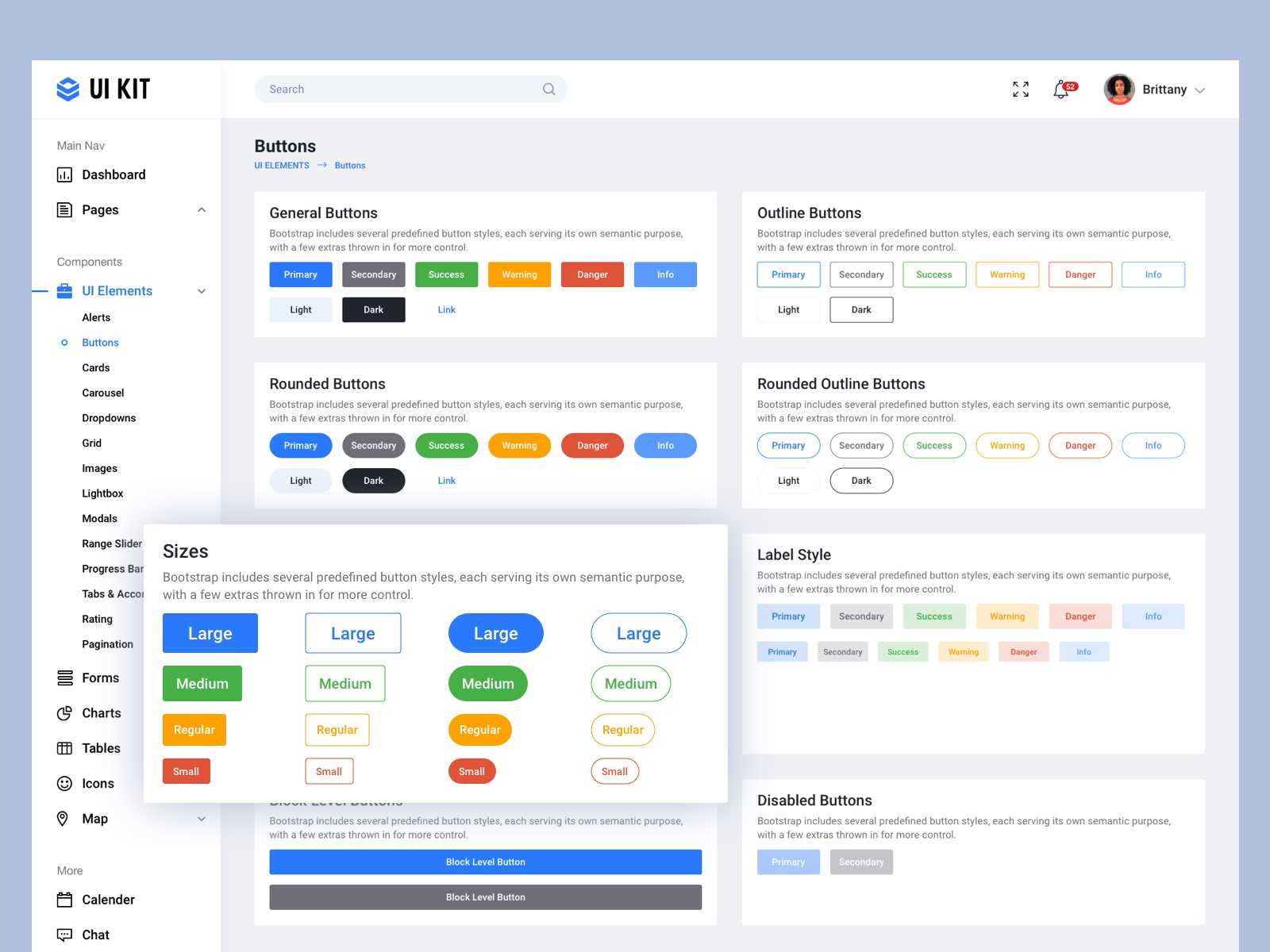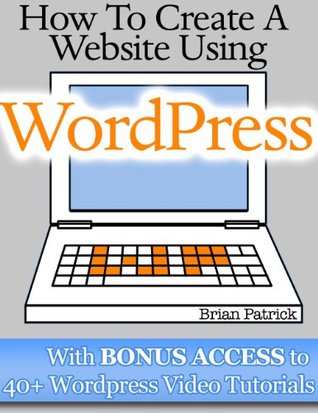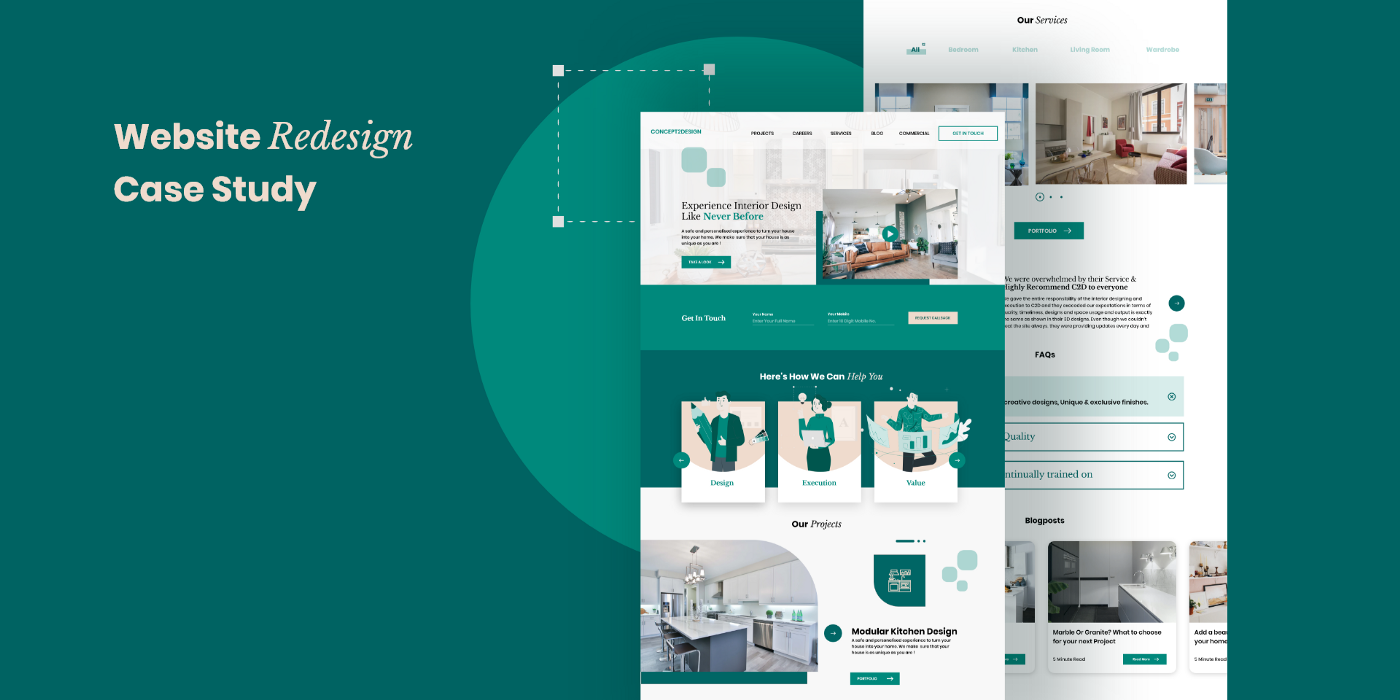
If you're using WordPress to build a website, you may be wondering about the different responsive image sizes that are available. There are several methods that you can use to adjust the size of your images based on the device used to view them. In this article, we'll discuss the srcset, accept hint, and Max-width properties. Depending on your needs you might choose to use more than just one of these methods.
srcset
Using srcset as a way to specify multiple image sources will allow you to have more control over image size. Instead of the browser guessing how to render an image depending on its capabilities, you can specify your image source in the URL. This allows you to choose a source file that is suitable for various viewsports. CSS media conditions are also available to adjust the image's size based upon the width of your viewport.

sizes
You can specify the image's size using the srcset attribute. This is a list containing images that describe their size relative to the viewport. A browser will use the size of the appropriate srcset entry to display a larger image when a user requests it. This attribute is optional and can cause performance issues as large images can slow down the loading speed of a webpage.
accept hint
When requesting responsive image sizes, the HTML document must include an Accept header. This header instructs the server which image formats it should send and accepts. It's also known as Client Hint. This helps simplify responsive image syntax. Chrome and Opera implement Client Hints. But, Firefox and Microsoft Edge are still in development. If you have large images to display on websites, such as galleries, an Accept hint is necessary.
Max-width property
You can make images responsive using the max-width property. However, this property may not be compatible with all screen sizes. The max width property tells the browser how wide an element can go and prevents it from being larger than that limit. When a screen size is larger than 500px, the image will break responsiveness. To avoid this problem, use a relative unit in your CSS code.

Lazyload library
A CSS rule can be used to set the sizes attribute on a lazy-loaded image. Lazy loading won't work if the image is too big. The image will become transparent. In such cases, you can use the srcset property instead. This CSS rule will load the image whose width matches that of the slot. A general CSS rule will assist with autosizes but a lazy loading library is best for most cases.
FAQ
Can I use a template or framework on my website?
Yes! Yes! Many people use pre-built frameworks or templates when creating websites. These templates include all of the code required to display the information on your webpage.
Some of the most popular templates include:
WordPress - The most popular CMS
Joomla - Another popular open source CMS
Drupal - Drupal is an enterprise-level software that large organizations can use
Expression Engine – A Yahoo proprietary CMS
Each platform offers hundreds of templates. Finding the right template should be simple.
How Much Does it Cost to Create an Ecommerce Website?
This depends on your platform and whether you hire a freelancer or go through a service provider. eCommerce websites start at about $1,000.
Once you have chosen a platform, expect to pay between $500 and $10,000.
You won't spend more than $5,000 if you are using a template. This includes any customizations that you might need to suit your brand.
How much does it cost to build a website?
This question will depend on your goals for your website. Google Sites is a free service that may be available if you only want to publish information about yourself and your business.
However, if you want to attract visitors to your website, you'll likely want to pay for something more robust.
The most popular solution is to use a Content Management System (like WordPress). These programs allow you to create a website without knowing anything about programming. And because third-party companies host these sites, you won't need to worry about getting hacked.
Squarespace offers a great way to build your website. The plans range from $5 per month up to $100 per month depending on what content you want to put on your site.
What types of websites should you make?
It all depends on what your goals are. It may be best to sell online your products to build a company around your website. To make this happen, you'll need a reliable eCommerce website.
Other popular types of websites include blogs, portfolios, and forums. Each one requires different skills and tools. For example, to set up a website, you need to understand blogging platforms such WordPress or Blogger.
You must decide how to personalize your site's appearance when choosing a platform. You can find many free templates and themes for every platform.
Once you've chosen a platform, you can build your website by adding content. You can add images, videos, text, links, and other media to your pages.
You can publish your website online once you have launched it. Your site is now available for visitors to view in their browsers.
Is web design difficult?
Web Development is not easy, but if you have a passion for coding, there are many online resources that can help you learn how to code.
You just need to find the right tools for yourself and follow them step by step.
There are many tutorials available on YouTube and other platforms. You can also download free software online like Sublime Text or Notepad++.
Books are also available in libraries and bookstores. Here are some of the most popular:
"Head First HTML & CSS" by O'Reilly Media
"Head First PHP & MySQL 5th Edition" by O'Reilly Media
"PHP Programming for Absolute Beginners" by Packt Publishing
I hope you find this article helpful!
Statistics
- When choosing your website color scheme, a general rule is to limit yourself to three shades: one primary color (60% of the mix), one secondary color (30%), and one accent color (10%). (wix.com)
- Is your web design optimized for mobile? Over 50% of internet users browse websites using a mobile device. (wix.com)
- At this point, it's important to note that just because a web trend is current, it doesn't mean it's necessarily right for you.48% of people cite design as the most important factor of a website, (websitebuilderexpert.com)
- It enables you to sell your music directly on your website and keep 100% of the profits. (wix.com)
- It's estimated that in 2022, over 2.14 billion people will purchase goods and services online. (wix.com)
External Links
How To
What is website hosting?
Website hosting is the place where visitors go to visit a website. There are 2 types.
-
Shared Hosting - This is your cheapest option. Your website files will reside on a server belonging to someone else. Customers visiting your website send their queries over the Internet, to that server. The request is then handed to the owner of that server.
-
Dedicated Hosting - This option is the most costly. Your website is hosted entirely on one server. There are no other websites sharing space on the server. Your traffic remains private.
Shared hosting is cheaper than dedicated hosting for most businesses. Shared hosting allows you to have your website run by the company who owns the server.
But there are pros and cons to both options. These are the key differences between them.
Shared Hosting Pros:
-
Lower Cost
-
Easy to Setup
-
Frequent Updates
-
It can Be Found On Many Web Hosting Companies
Hosting shared with others can cost as low as $10/month. But keep in mind that this price usually includes bandwidth. Bandwidth describes the amount of data that can be transferred over the Internet. So even if you only upload photos to your blog, you may still pay extra money for high amounts of data transferred through your account.
You'll soon realize why your old host cost so much once you get started. The majority of shared hosts offer limited customer support. You'll be on your way after they walk you through setting it up.
It is important to find a provider that provides 24-hour support. They will assist you with any problems that may arise while you're sleeping.
Cons of dedicated hosting
-
More Expensive
-
Less common
-
Requires special skills
With dedicated hosting, all you need to maintain your website are provided. You won't worry about how much bandwidth you are using or how much RAM (random Access Memory) you have.
This means you will need to spend more upfront. But once your online business starts, you'll realize you don't need any technical assistance. You'll be able to manage your servers effectively.
Which Is Better For My Business:
It all depends on the type of website you are creating. If you are selling products, shared hosting may be the best option. It's simple to set it up and keep it updated. And since you're sharing a server with many other sites, you'll likely receive frequent updates.
However, dedicated hosting is the way to go if you want to build a community around your brand. Instead of worrying about traffic, you can concentrate on building your brand.
Bluehost.com has both. They offer unlimited monthly data transfers and 24/7 support. You can also register domain names for free.